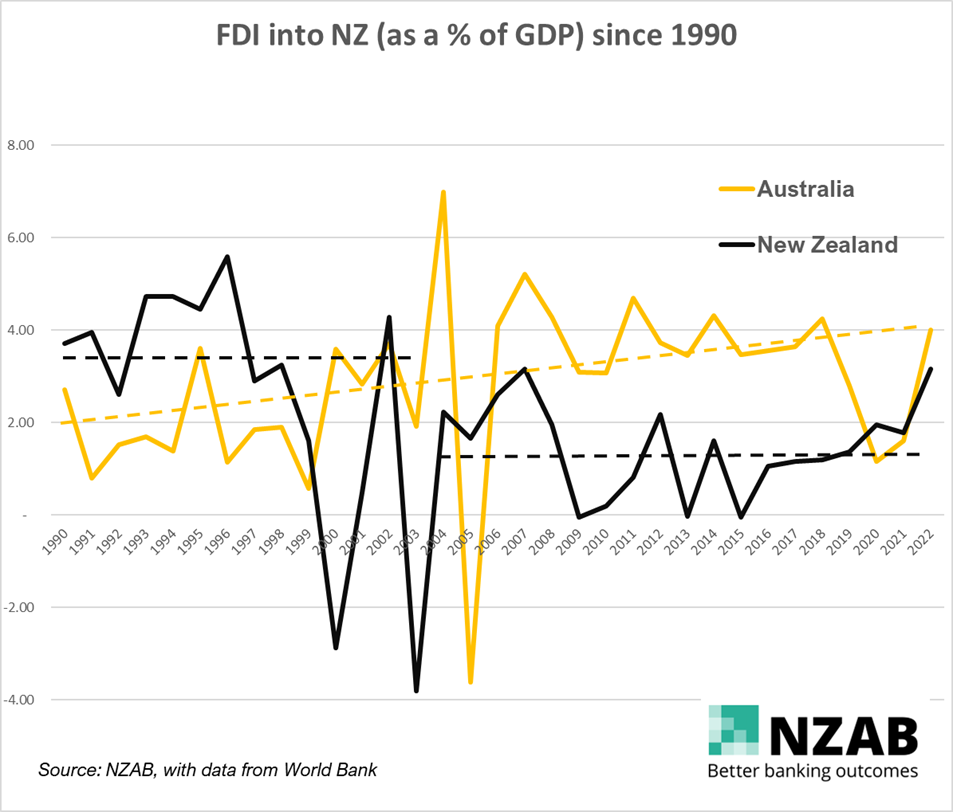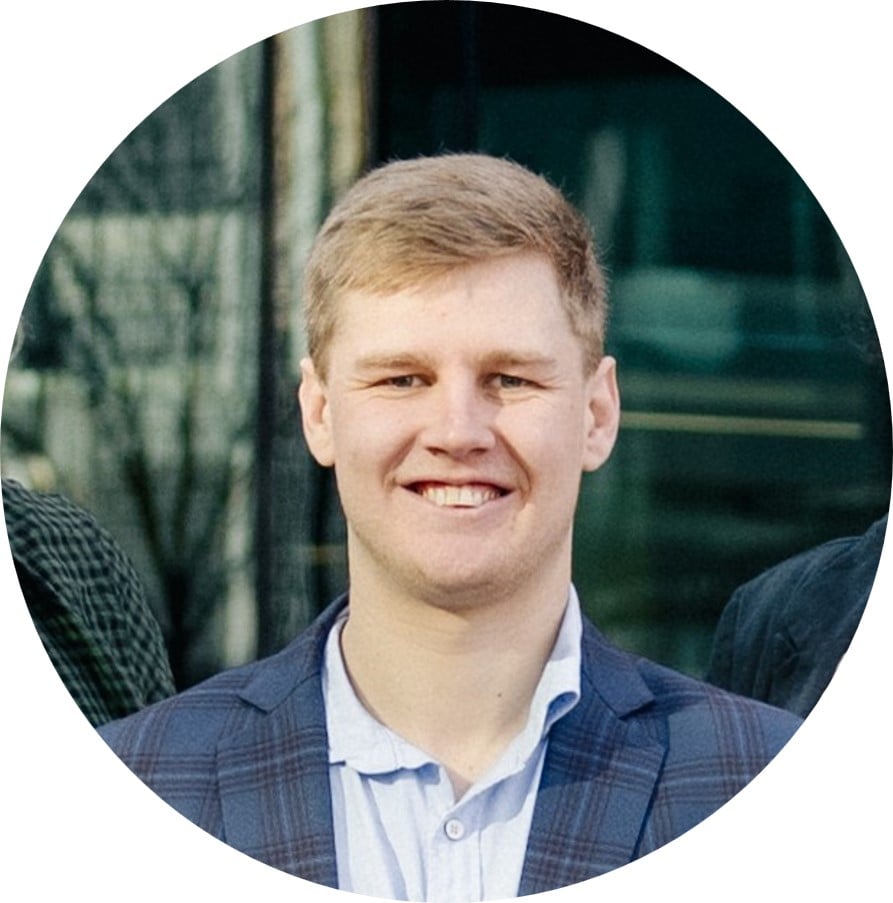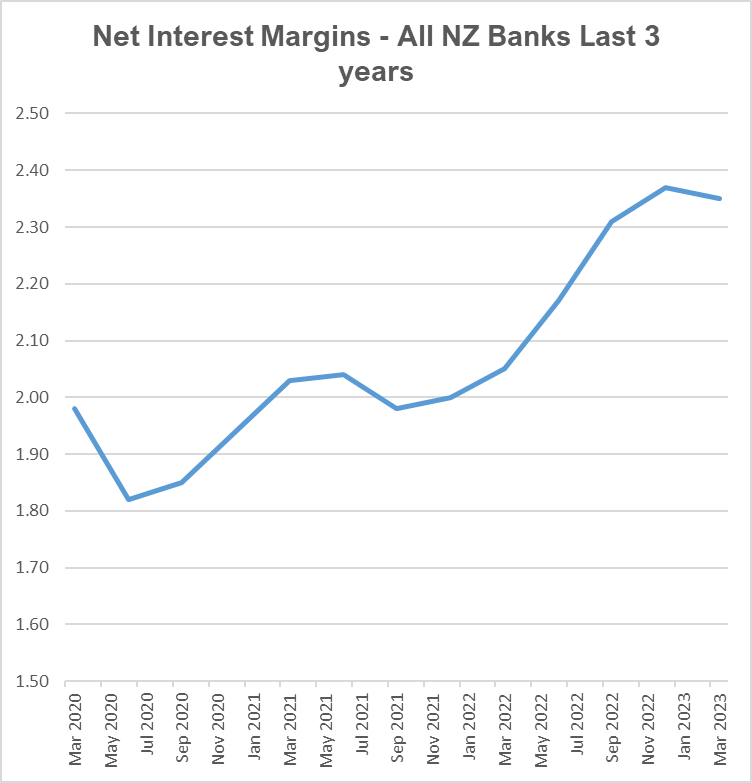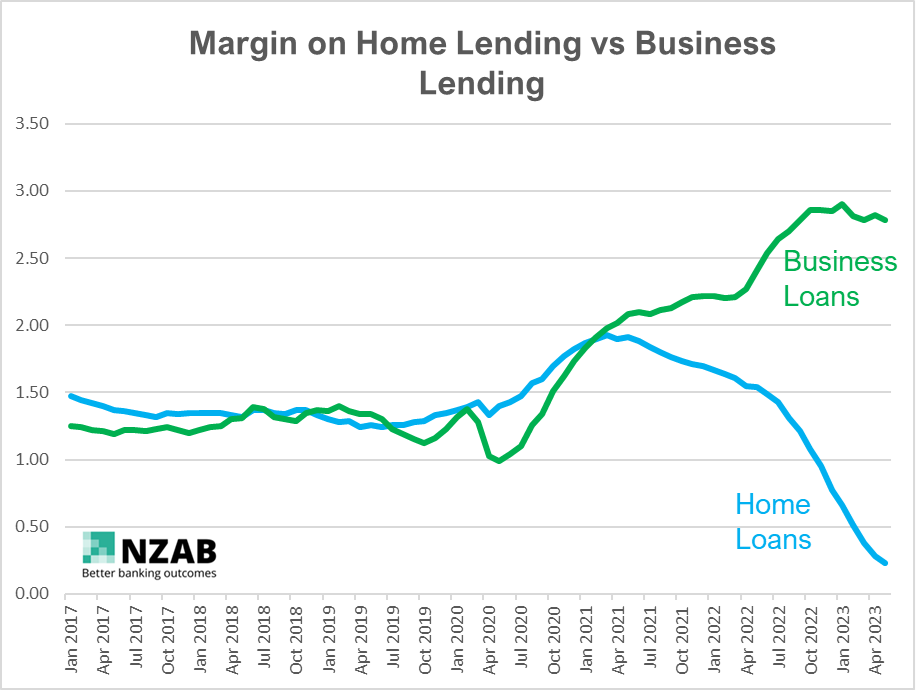Information only disclaimer. The information and commentary in this email are provided for general information purposes only. We recommend the recipients seek financial advice about their circumstances from their adviser before making any financial or investment decision or taking any action.
I have been involved in the financial sector for 18 months now, joining NZAB as their first graduate fresh out of completing my B.Com Ag at Lincoln University.
With our next graduate imminent, the NZAB team asked me to prepare an introductory document to help bring the new grad up to speed as they themselves enter the sector. As part of writing this, I asked the entire NZAB team for for their pearls of wisdom about starting out in Agri Finance (I’ll send these out in a follow-up article). They then encouraged me to write an article on both – we have many young people in our database so they thought it might be useful for those progressing in the industry.
This is my first time writing an article, so please be gentle with your feedback, but would love to hear from you!
It can be a bit overwhelming when first entering the industry, you feel like you don't know anything and that it will take years to learn it all and this is true! However, no one is expecting you to know everything and almost everyone is very willing to share their knowledge and help you along the way.
Approach is everything and with a can-do attitude and a willingness to learn this will take you a long way towards being successful. After 18 months in the industry, I have started to form some key observations, five of which I have outlined below.
So, here are my five key observations since entering the finance industry:
The industry appetite is constantly evolving.
The finance industry is constantly evolving in terms of best practice and appetite. This can be difficult as you must be prepared to make decisions based on the information you currently have on hand but ready for the realisation that everything will have likely changed in 12 months’ time.
This is one of the things I have probably seen as one of the largest challenges as there is a constantly moving ‘target’ that everyone is trying to hit. This changing appetite is usually a direct result of the strength of each industry at the time but overall, it is largely controlled by the bank’s lending appetite at the time which can be based on other factors outside a farmers control.
This changing appetite can become a large challenge for farmers who tend to work around a long-term strategic mindset. Farmers in general enter the industry with a long-term plan set around a 20 plus year strategy, which can be challenging to align with a changing industry appetite.
Bank appetite has a huge effect on a farmer’s availability and cost of funds. This can potentially make it more difficult for a farmer to act on an opportunity or slow down farm development if bank appetite is not aligned at the time these changes are taking place.
However, this evolving appetite within the industry is also what creates so many opportunities. Like any industry there are opportunities at the highs due to good returns and opportunities at the lows due to good deals that might be present. The challenge is to stay informed and to only act when it is smart to do so.
Industry contacts are hugely helpful.
One thing I have found out since entering the financial sector is, it is so much bigger than just your everyday bankers, advisors, and accountants.
There are many smaller niche spaces within the sector. There is also the requirement to deal with and have some understanding of many topics that branch outside of the direct financial sector. In an industry like this, having contacts can be extremely helpful and the best way to educate yourself. Being able to refer to these contacts is a great way to ensure you get accurate information, whilst it also provides the possibility of opening up new opportunities.
Start by getting to know and building good relationships within your own firm. These individuals have likely been where you are and have a wealth of experience so are definitely key people you want to have at your aid.
I would then recommend getting out and about attending industry events wherever possible. This will allow you to meet and start building new relationships within the industry to expand your portfolio of contacts. Stay in contact and this will help to increase your knowledge at a much faster rate moving forward.
There is never a bad time for a good deal.
During my short time in the industry, I have seen that when a sector is having a tough season that it can automatically be perceived as a bad time for anyone to be undertaking a significant growth project. However, this is so far from the truth. Some of these "bad" seasons present the best opportunities for those that are in the right position to act.
Each expansion or farm purchase should always be analysed on a case-by-case basis in order to understand the full story before making a decision on whether it is a good deal and if it’s the right time to act. There are many different elements to a deal that can affect its strength and whether it should be acted upon. For example, the neighbouring block of land may come up for sale. The farmer may not be in an ideal financial position to make a move, however the chance of that block coming up for sale again and the opportunity factor of missing out comes into play.
Sometimes you need to just slow down and attempt to step back and look at it from a wider perspective. What does the future of the farm look like without having this block involved and look at the long-term effects? It will likely strengthen the farm system through scale, security (winter stock in house) and ease of stock movement being located next door.
Unfortunately, there will very rarely be a time when all the moons align for example a deal that takes place in a market with a strong bank appetite, at the right price and when a farmer is in a position to act. This is why the right steps need to be taken to analyse each deal from all angles. There are always opportunities in the industry and deals to be made, it's just about sorting through them to select those worth acting upon.
Barriers to farm ownership are becoming increasingly difficult.
This was often talked about during my time at Lincoln University and I was quietly hoping that I was going to be proven wrong upon entering the financial industry.
However, it has become evident that this statement is very true. While a lot of the bigger players in the industry that have already managed to build a level of scale to their business are in the most part operating very successfully with an opportunity to expand within reach. The path for new players to enter the industry and purchase their first farm is one that is becoming increasingly difficult.
I believe this is a result of multiple factors. Farmers in past generations purchased their first farm and then had the opportunity to buy the neighbouring farm and so on, building scale slowly over time through smaller parcels of land. This has resulted in the size of farms becoming generally larger, but this has also become a requirement for having a profitable business.
Farms have become much more intensive and having scale is almost necessary to allow the business to be viable. Therefore, for new players attempting to enter the industry they are now challenged with purchasing a farm that is larger and more developed than their predecessors.
Chuck in the element of increasing regulations and environmental policies and this first farm now comes with a much larger price tag and can prove to be very difficult to make work.
However, it is not all doom and gloom and at NZAB we help many young farmers into their first farms. I am starting to see many different arrangements for farm purchases filter through the system which I find very exciting as well as necessary for the success of the industry moving forward.
For the industry to carry on, there needs to be younger people coming up through the ranks and having a pathway for this to occur is critical. One of the best methods I have seen is the exiting farm owner leaving equity in the farm with an arrangement for the farm buyer to buy them out over the next 5-10 years. This provides an investment the exiting farmer can get a return on, in an industry they are knowledgeable about and a farm they are familiar with, whilst also providing an achievable pathway for the next generation to come through the ranks.
We’re facilitating more and more transactions like this, and it is a great way to break down these barriers to enter for younger/newcomers to the industry.
Being flexible and bank ready is very powerful.
A business that is flexible and bank ready sits in a very strong place in the market. Business flexibility starts with being active in controlling and monitoring the financials of the business. Farmers who are all over their cashflow are better able to adjust it to suit the current market conditions. This puts them in a flexible position where they can tighten down expenses during tough times. For example cutting back on non core spending and capital expenditure. While also knowing what triggers to pull to boost production/increase returns during periods of good conditions.
For a business, being flexible is a huge strength. When opportunities present themselves this will allow the business to act fast giving it the highest chance of being successful.
Being bank ready refers to a position in which the business has a suitable equity position and a strong cashflow with good business systems and governance. It means the business is in a re-financeable position and would likely be accepted at any bank of its choice.
Having a strong understanding of your business cashflow and financials goes a long way to getting into this position. It has a variety of positive flow on effects. It creates competition in the market to bank the business, which in turn leads to competitive rates and terms offered. It puts the business in a position of power to negotiate terms that suit its needs as well as competitive rates that will decrease the business’s cost of funds. It also puts the business in a position to have a strong availability of funds if it wished to act on an opportunity or carry out some development.
Thanks for reading my first article!
Overall, it is a very exciting industry to be a part of. Just get out there, get stuck in and embrace the journey. At the end of the day, we are all out there to achieve the same outcome, and that is to get the best result for our clients and customers!
I’m still very much learning about the sector, and I probably will never stop. In the meantime, I hope one or two points resonate with you – please feel free to drop me a line if you have any follow up comments.
And look out for part II – where I share some of the time-honored wisdom from the “old Gen X's”!








